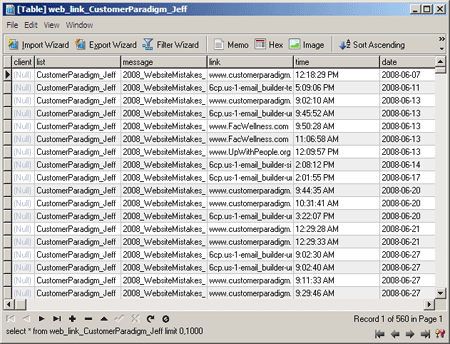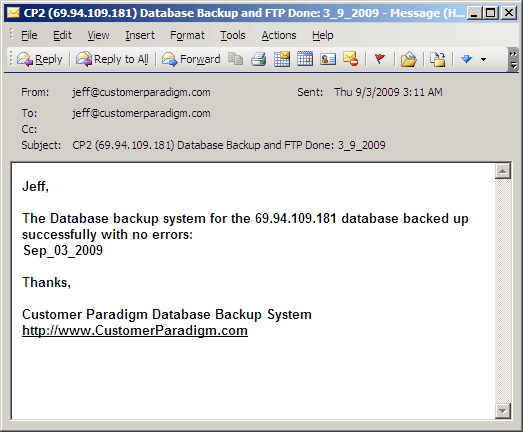eLearning Series
PHP can be used to easily back up a database from a website. This week’s PHP tip shows how.
Read more below >> Ten Ways to Use PHP On Your Website Tip #10: Use PHP To Back Up A Database
From Your Site Backing Things Up Most websites these days use one or more databases to organize pages, maintain an ecommerce shopping cart, or even have a dealer locator system. With a content management system or a database-driven site, the database is the critical component that stores your information. Most web servers will do a backup of the whole system each day, but sometimes it can be difficult to extract or recover the mySQL database. Plus, most of these backup systems are often attached directly to the server. If the server fails or the datacenter has an outage, your data can’t be easily accessed. With PHP, one of the things you can easily do is create an automated script that each day (or even more frequently) takes a copy of the database and backs it up to another webserver. How does this work from a technical perspective? PHP can create a backup of a database (or just selected tables) in three easy steps: A cron task tells the script to execute (perhaps once a day at a set time of the day). Here’s a copy of the how the database looks on the web server:

The PHP script creates what is called a mySQL dump file. Essentially, this is a text file that makes it very easy to recreate the database. Here’s a sample of a mySQL dump file:

The php system then opens a secure FTP (file transport protocol) connection to the other server, and uploads this backup file to a folder. The system can also sends a confirmation email, usually by connecting to sendmail, that lets you know that the system was backed up properly Here’s a copy of a sample confirmation email from our system:

Why should I bother using PHP to back up databases from my website? Once it’s in place, it gives you peace of mind knowing that your data is safe and secure on a remote server.
